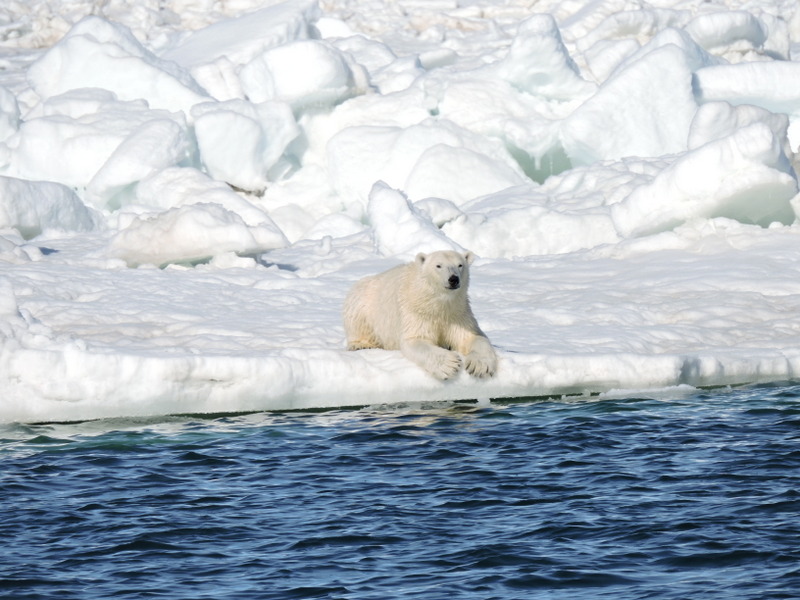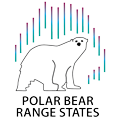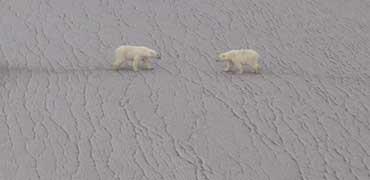Scientific Research and Monitoring

The Circumpolar Monitoring Framework for Polar Bears (Circumpolar Action Plan, Appendix III) gives useful guidance to create monitoring plans to detect ongoing patterns, predict future trends, and identify the most vulnerable polar bear subpopulations. Strategies are recommended for monitoring all key parameters of polar bear persistence, such as subpopulation abundance and trends, reproduction, survival, ecosystem change, human-caused mortality, human-bear conflict, prey availability, health, stature, distribution, behavioral change, and the effects of monitoring itself.
Science Foundation and TEK
The negotiations leading to the Agreement on the Conservation of Polar Bears and the following cooperation between the Parties to the Agreement were founded on scientific principles and concerns. The International Union for Conservation of Nature (IUCN) was a crucial partner during these negotiations. The Polar Bear Specialist Group of the IUCN Species Survival Commission (IUCN/SSC PBSG) spawned from these negotiations, and the group later oversaw all issues including compliance with the Agreement, especially between 1981 and 2009 when the Parties were largely inactive (in a collaborative sense). Thus, there has been a scientific knowledge foundation for the intergovernmental and international cooperation on management and research on polar bears. This is reflected in Article II of the Agreement, where it is stated that polar bear populations shall be managed “in accordance with sound conservation practices based on the best available scientific data”.
Arctic communities have an alternative, often complimentary and additive knowledge system. This collective information is commonly referred to as Traditional Ecological Knowledge (TEK). As polar bears have been an important part of Arctic traditional culture for thousands of years, mainly through livelihood support as a crucial part of their harvest, TEK has become a necessary part of all efforts of polar bear conservation. The Circumpolar Monitoring Framework outlines how TEK may be combined with science to provide complementary lines of evidence with respect to management and conservation.
Source: Circumpolar Action Plan



